St Andrew’s Church in the village of Greensted-Juxta-Ongar, near Chipping Ongar in Essex, England, is an ancient place of worship and one of the prettiest churches in England. More commonly known as Greensted Church, it was built of timber shortly before the Norman invasion, and it is widely acknowledged as the oldest surviving wooden church in the world and the oldest timber building in Europe.
Greensted Church a fully functioning church and it is open daily for everyone who wants to visit it or to attend the regular Sunday services.
There are many old wooden churches in Scandinavia similar to the Greensted Church in Essex, so a team of academics from the University of Oslo asked for permission to test the timbers back in 1960. They believed that the oldest surviving wooden church was in Scandinavia and wanted to prove their claims by taking timber samples for a laboratory analysis.
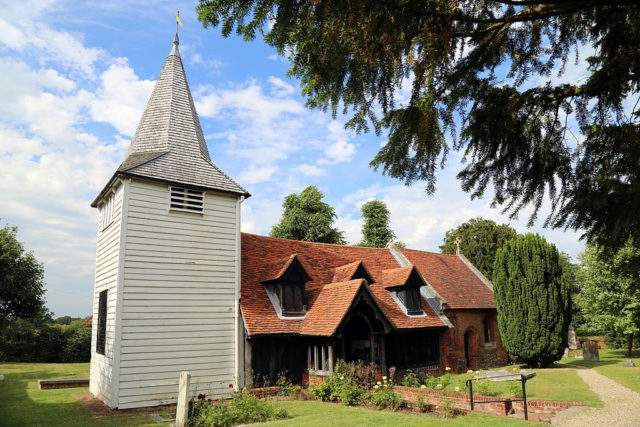
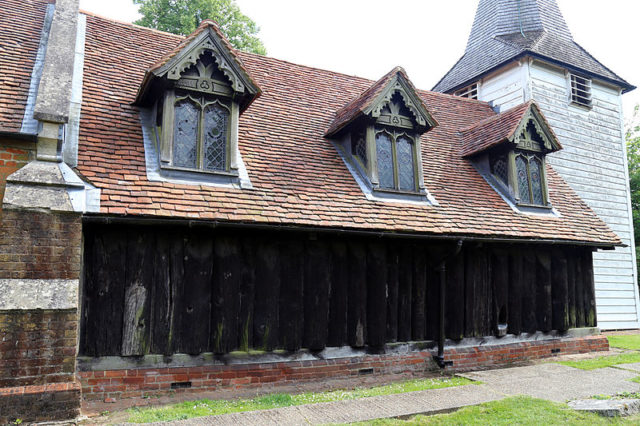


The church was a temporary resting place of King Edmund, the first patron saint of England, whose body was kept there overnight in 1013, on its way to Bury St. Edmunds in Suffolk.
Excavations, undertaken in the chancel in 1960, showed that the first church was built here in the 7th century, around the time when St. Cedd, an Anglo-Saxon monk, and bishop, began his work in the conversion of the East Saxons to Christianity.
The delegation was welcomed by the Greensted community, and they were allowed to take timber samples for analysis. Their plan didn’t work out, and once they finished the laboratory analysis, they had to admit that Greensted Church predated all of their churches and was founded in the first half of the 11th century.
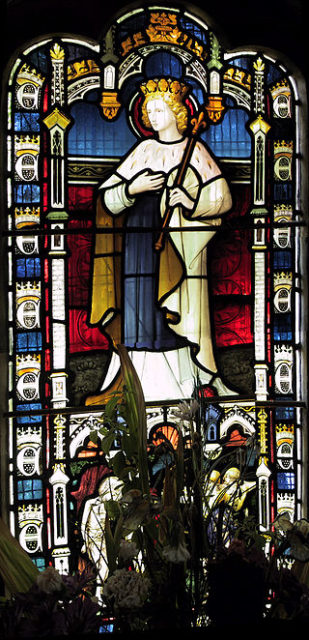
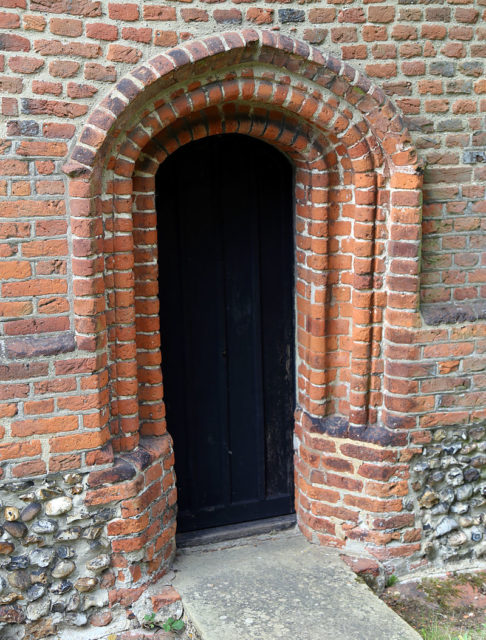
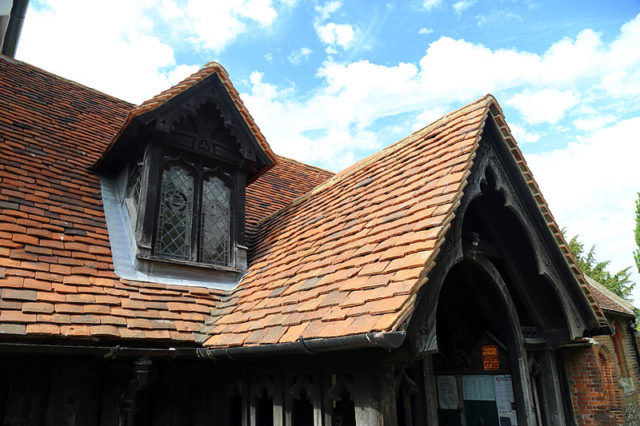

Throughout the centuries, the church was extended, repaired and restored by Saxon, Norman, Tudor and Victorian builders.
The wooden walls of the nave which are made from Oaktreeree trunks are the only remaining parts of the original Saxon structure, while the tower is a later addition, most probably from the 17th century.
However, most of the church that we see today was built during the Tudor period. The roof is a Tudor replacement, and it was during this period that the chancel was rebuilt in brick and thatch.
The 3 Tudor dormer windows, which were placed on both sides of the nave roof, were replaced with six windows during the Reconstruction work by the Victorians in the 19th century. A detailed brickwork to the building and the wooden porch were also added during this period, and a local woodworker named James Barlow carved the spandrels and crafted the eagle lectern.
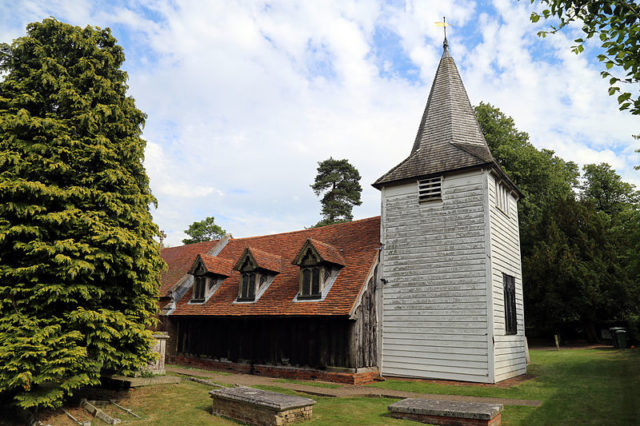
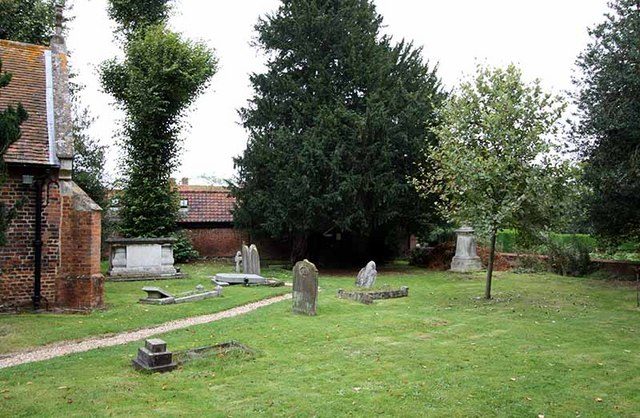
In the first half of the 19th century, the Dorset farmers known as the ‘Tolpuddle Martyrs’ were granted farm tenancies in High Laver and Greensted. On June 20th, 1839, one of them, James Brine, married Elizabeth Standfield, daughter of another of the martyrs at Greensted Church. The church remains as one of the most popular wedding venues.
There are war graves of three soldiers of World War I and an airman of World War II in the courtyard of the church. However, the oldest grave is that of an unknown 12th century Crusader on the right of the porch.
